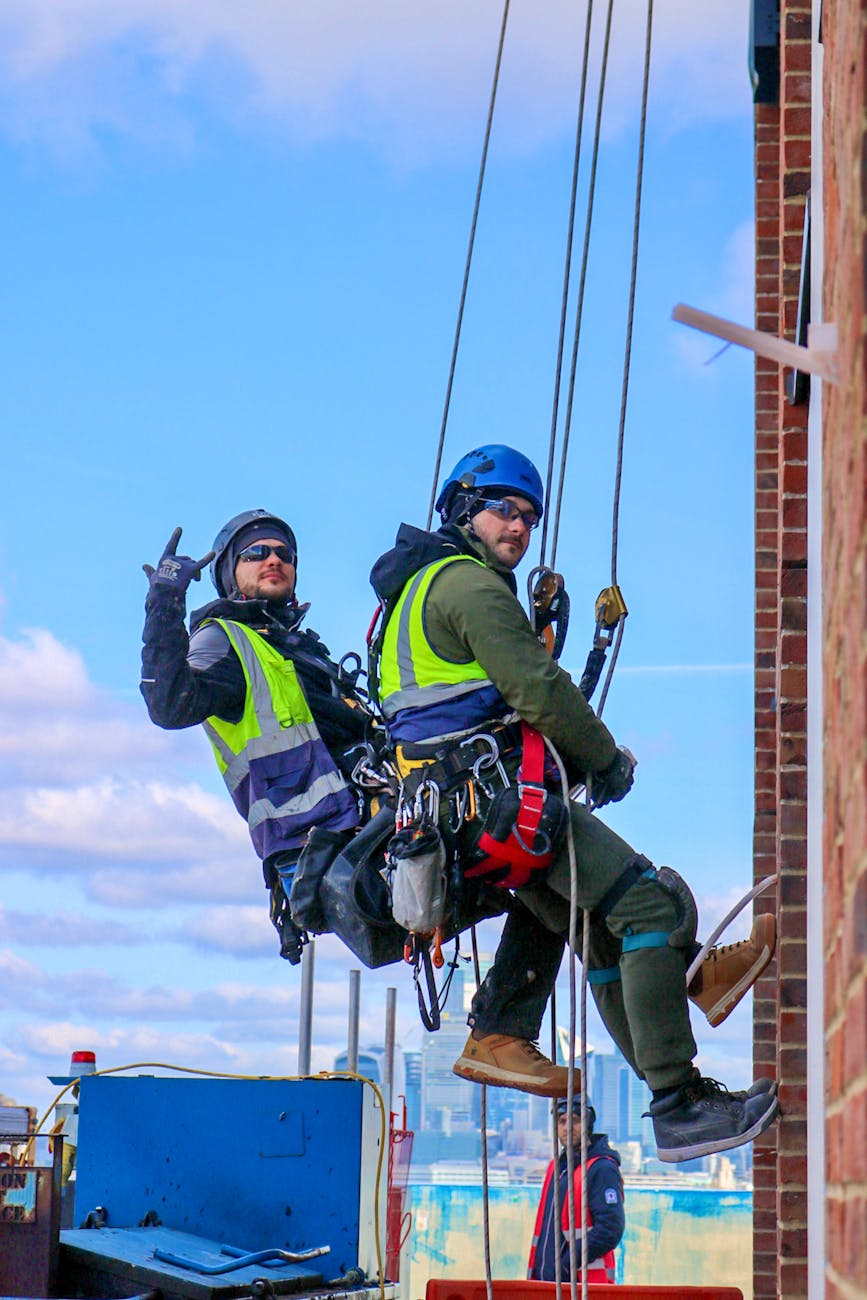
Safety Harness: Full Body vs Chest Harness – When to Use Each?
Introduction
Safety harnesses are critical personal protective equipment (PPE) designed to prevent falls and minimize injury in high-risk work environments. Two common types are full-body harnesses and chest harnesses, each serving different purposes depending on the work scenario. Choosing the right harness is essential for worker safety and compliance with OSHA and other regulatory standards.
This guide explores the differences between full-body and chest harnesses, their applications, and when to use each for optimal safety.
Full-Body Harness
A full-body harness is the most widely used fall protection harness, covering the shoulders, chest, waist, and legs. It distributes fall forces across the body to reduce injury risk.
When to Use a Full-Body Harness?
✔ Fall Arrest Systems – When working at heights where a fall could occur (e.g., construction, roofing).
✔ Work Positioning – For tasks requiring hands-free work while suspended (e.g., tower climbing, window cleaning).
✔ Confined Space Entry – When rescue operations may be needed.
✔ OSHA & ANSI Compliance – Required for most general industry and construction fall protection.
Advantages
✅ Distributes fall forces evenly.
✅ Reduces risk of suspension trauma.
✅ Compatible with multiple fall protection systems.
Limitations
❌ Bulkier than a chest harness.
❌ Requires proper fitting to be effective.
Chest Harness
A chest harness secures only the upper torso and is typically used in combination with other harnesses or for restraint purposes rather than fall arrest.
When to Use a Chest Harness?
✔ Restraint Systems – Prevents workers from reaching fall hazards (e.g., near open edges).
✔ Climbing & Rescue Operations – Often used with a full-body harness for added security.
✔ Specialized Applications – Some rope access and industrial tasks require chest support.
Advantages
✅ Lightweight and less restrictive.
✅ Good for restraint (preventing falls rather than arresting them).
Limitations
❌ Not for fall arrest alone – Can cause serious injury if used without a full-body harness.
❌ Limited force distribution compared to full-body harnesses.
Key Differences Summary
| Feature | Full-Body Harness | Chest Harness |
|---|---|---|
| Coverage | Shoulders, chest, waist, legs | Upper torso only |
| Primary Use | Fall arrest, positioning | Fall restraint, supplemental support |
| Force Distribution | Full-body | Limited to chest |
| Regulatory Compliance | OSHA-approved for fall arrest | Not standalone for fall arrest |
Conclusion
Choosing between a full-body harness and a chest harness depends on the work environment and fall risk. A full-body harness is essential for fall arrest, while a chest harness is best for restraint or supplemental support. Always follow OSHA guidelines and ensure proper training for harness use.
For maximum safety, consult a fall protection expert to select the right harness for your specific needs.
PPE vs Engineering Controls – Which is More Effective?
Advanced Personal Protective Equipment (PPE)
Personal Protective Equipment Usage and Maintenance
10 Personal Protective Equipment and Their Uses
FAQs
1. Can I use a chest harness instead of a full-body harness for fall protection?
No, a chest harness alone is not OSHA-compliant for fall arrest. It should only be used for restraint or in combination with a full-body harness.
2. When is a full-body harness required?
A full-body harness is required when working at heights where a fall hazard exists, such as in construction, roofing, or tower maintenance.
3. Can a chest harness be used for climbing?
Yes, but usually as a supplement to a full-body harness, especially in climbing or rescue scenarios where extra upper-body support is needed.
4. How do I know if my harness fits correctly?
A properly fitted harness should be snug but allow full range of motion. Straps should not be twisted, and buckles must be securely fastened.
5. Are there hybrid harnesses available?
Yes, some harnesses combine chest and full-body support for specialized applications like rope access or rescue operations.
By understanding these differences, you can ensure the right harness is used for maximum safety and compliance. Stay safe! 🚧